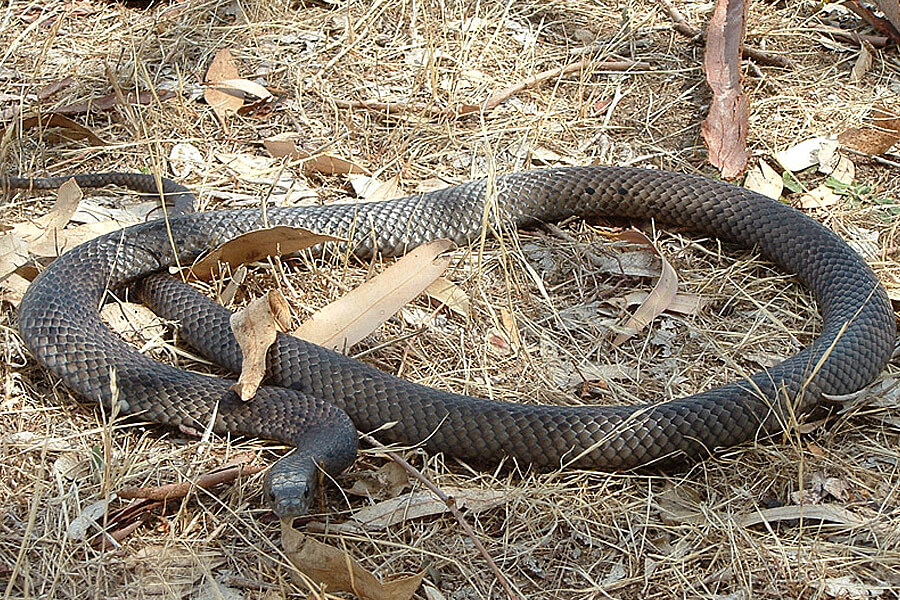Introduction
When it pertains to venomous snakes, Australia is home to some of the most fascinating and unsafe species on the planet. Amongst these, the Tiger Snake attracts attention not only for its powerful poison yet likewise for its intriguing habits. Comprehending the behavior of poisonous snakes like the Tiger Snake is vital for both wild animals fanatics and those staying in areas where these serpents are present. This write-up explores different elements of Tiger Serpent actions, environment, identification, precaution, and first aid practices in case of a serpent bite.
Understanding the Actions of Venomous Snakes Like the Tiger Snake
The Tiger Snake, medically referred to as Notechis scutatus, is notorious for its aggressive nature when threatened. These serpents display a series of actions that can be quite various from their non-venomous equivalents.
Characteristics of Tiger Snakes
The Tiger Serpent is conveniently identifiable due to its distinctive bands or red stripes that appear like a tiger's markings. They can vary in color from yellowish-brown to dark olive or black. This coloration serves not only as camouflage but additionally as a caution signal to possible predators.
Adaptability to Environment
One impressive facet of their behavior is their flexibility to different Differences between Australian taipans and brown snakes settings. Located largely in seaside areas, marshes, and wetlands throughout Australia and Tasmania, they can thrive in diverse habitats consisting of urban areas.
Hunting Techniques
Tiger Serpents are ambush killers mostly feeding on fish, frogs, and small animals. They have eager eyesight and an intense feeling of odor which helps them in situating prey effectively.
Venom Composition
Their venom has neurotoxins that affect the nerve system, bring about paralysis or fatality in smaller sized pets. For people, instant clinical interest is important after a tiger snake bite because of its possibly deadly effects.

Natural Habitat of Tiger Snakes
Preferred Locations
Understanding where these serpents reside clarify their behavior patterns. The tiger serpent habitat includes:
- Coastal regions Swamps Grasslands Urban locations with abundant water sources
Seasonal Movements
During warmer months, Tiger Snakes are a lot more energetic as they bask in sunshine or hunt for food. On the other hand, colder months see them pulling back right into hibernation sites.
Are Tiger Snakes Venomous?
Yes! The concern "are tiger serpents poisonous?" commonly arises amongst those https://privatebin.net/?b25b72780992db73#6b8ufAEX4WhHayf6HfdYMmFN9MC8UmgprnQPLS76ddhT not familiar with this varieties. Their poison is taken into consideration one of the most dangerous amongst all serpent types worldwide.
Symptoms of a Tiger Serpent Bite
If bitten by a tiger serpent, signs and symptoms may consist of:
- Localized pain Swelling at the bite site Nausea and vomiting Sweating and confusion
Immediate medical assistance is essential as neglected bites can result in extreme wellness problems or even death.
First Help for Serpent Bites: Quick Reaction Guide
Knowing exactly how to carry out emergency treatment for a serpent bite can conserve someone's life. Below's what you ought to do:
Step 1: Stay Calm
Keeping tranquility helps Venom extraction and antivenom production in Australia decrease heart price which decreases venom spread.
Step 2: Incapacitate the Impacted Area
Keep the influenced arm or leg still and listed below heart level if possible.
Step 3: Call Emergency Situation Services
Always seek expert medical aid promptly after a serpent bite.
First Help for Serpent Bite Set Essentials
A fully equipped snake bite emergency treatment kit should consist of:
- A compression bandage Antiseptic wipes A set of scissors A cold pack
Safety Precautions: Preventing Snake Bites in Australia
Awareness Programs
Educating communities about regional serpent varieties and their actions can considerably lower encounters resulting in bites.
Avoiding Hazardous Areas
Staying away from long lawn throughout warmer months reduces contact with snakes that may be resting or hunting.
Common False impressions Concerning Tiger Snakes
Many people think misconceptions regarding the habits of tiger snakes result in unnecessary fear. Here are some clarifications:

Myth 1: All Tigers Are Aggressive
Not all tiger snakes will certainly display aggression if left uninterrupted; several choose running away instead of confrontation.
Myth 2: They Chase Humans
Tiger serpents do not actively chase after people; they may strike when they feel intimidated but will normally pull away if given space.
Conservation Efforts Associated with Venomous Snakes
Conservation efforts focus on educating areas concerning securing regional wildlife while reducing human-snake interactions.
Importance of Ecosystems
Understanding that venomous snakes play a vital function in maintaining ecological equilibrium aids foster recognition rather than fear towards them.

FAQs About Tiger Snakes
What needs to I do if I run into a tiger snake?- Maintain distance and slowly back away without abrupt movements.
- While attacks aren't exceptionally common due to understanding efforts, they still occur each year within Australia.
- Baby tiger snakes can supply complete dosages of poison regardless of being smaller sized; therefore caution is recommended around them.
- They primarily consume frogs, fish, little animals like rats, and various other reptiles.
- It's unlawful in the majority of territories without correct licensing due to security problems concerning their venom.
- Wear durable boots and stay on significant tracks; appearance before putting hands or feet into concealed rooms like rocks or logs.
Conclusion
Understanding the actions of venomous serpents like the Tiger Snake not only improves our knowledge yet also advertises safety and security awareness amongst those living near their environments. From acknowledging their attributes, recognizing first aid methods adhering to a bite, via engaging preservation efforts-- every facet plays a vital function in fostering coexistence with these fascinating reptiles while appreciating their place within our ecosystem.
As we strengthen our understanding through education and learning and experience, we add favorably toward ensuring both human security and wild animals preservation-- profiting all celebrations involved!